In today’s real estate market, many individuals and families are opting for shared housing arrangements as a way to make homeownership more affordable. However, one aspect of purchasing a home that often complicates this process is private mortgage insurance (PMI).
Traditional PMI models can sometimes make the path to homeownership more challenging, especially for shared homes. Fortunately, Alt PMI models for shared homes are providing innovative solutions to help buyers navigate this process more effectively.
This article explores the alternative PMI models available for shared homes, highlighting their benefits and how they can assist prospective homeowners in managing their mortgage insurance. We’ll also provide insights into how these models differ from traditional PMI and why they may be an ideal option for shared housing situations.
What Is Private Mortgage Insurance (PMI)?
Before diving into alternative PMI models, it’s important to understand what PMI is and why it’s typically required. PMI is insurance that lenders require when borrowers are unable to make a down payment of at least 20% of the home’s purchase price. It protects the lender in case the borrower defaults on the loan. While traditional PMI is often a one-size-fits-all solution, it doesn’t always suit the unique needs of shared homes.
The Traditional PMI Model
In a traditional PMI model, the borrower is responsible for paying a monthly premium to insure the lender in the event of default. These premiums can add a significant financial burden to the monthly mortgage payment, which is why many potential homeowners look for ways to avoid or reduce PMI costs. This is especially true for shared homebuyers, where multiple individuals may be contributing to the mortgage and need to ensure that PMI costs remain manageable.
Also Read: Eco Loan Mortgage Insurance Hacks
Alt PMI Models for Shared Homes: What Are They?
Alt PMI models for shared homes offer flexible solutions that can cater specifically to the needs of multiple homeowners sharing a property. These models are designed to lower the cost of mortgage insurance or provide alternatives that are more suitable for unique situations like shared ownership or co-living arrangements. There are several types of alternative PMI models, each with its own advantages.
1. Shared Responsibility PMI
One of the most common alternative models for shared homes is Shared Responsibility PMI. In this model, the mortgage insurance cost is divided among all owners based on their individual share of the home’s mortgage. For example, if two people are sharing the home and one person contributes 60% of the mortgage payment while the other contributes 40%, the PMI cost would also be split in the same proportion. This ensures that the individuals who are responsible for a larger portion of the mortgage pay a higher share of the PMI.
Benefits of Shared Responsibility PMI:
- More equitable distribution: The financial burden is spread out based on each person’s contribution to the mortgage.
- Lower individual PMI costs: Since the cost is shared, each individual typically pays less than they would under a traditional PMI model.
2. Group PMI
Group PMI is another alternative model that’s gaining traction for shared homes. This model allows multiple individuals to combine their resources to obtain PMI coverage at a lower collective rate. Rather than each person paying for separate PMI policies, the group can take out one policy that covers all members of the shared home. The premium is then divided equally or according to each person’s percentage of the mortgage.
Benefits of Group PMI:
- Lower premiums: Group PMI often offers lower premiums because the risk is spread across multiple individuals.
- Simplified management: Managing one policy is easier than having multiple individual policies.
- Increased bargaining power: A larger group can negotiate better rates and terms with the insurer.
3. Co-Borrower PMI
For shared homes where one or more individuals may not have a strong credit score or financial background, Co-Borrower PMI can be an effective alternative. This model allows the primary borrower to include other individuals as co-borrowers without forcing them to take on the full cost of PMI. Instead, the PMI cost is adjusted to reflect the creditworthiness and financial strength of the primary borrower, while co-borrowers benefit from the reduced cost of PMI.
Benefits of Co-Borrower PMI:
- Lower costs for co-borrowers: Co-borrowers are not responsible for the full PMI cost.
- Enhanced qualification for financing: Adding co-borrowers with solid credit histories can help secure better loan terms, including lower PMI rates.
- Easier approval: For borrowers who may not otherwise qualify, adding a co-borrower can increase the likelihood of loan approval.
Why Choose Alt PMI Models for Shared Homes?
Opting for alternative PMI models for shared homes can offer a range of advantages over traditional PMI. These benefits make it easier for shared homeowners to save money, reduce financial risk, and navigate the complexities of homeownership together.
1. Cost-Effective Solutions
Alt PMI models like Shared Responsibility PMI and Group PMI allow multiple individuals to share the financial burden of mortgage insurance, ultimately reducing the overall cost per person. This is particularly helpful when multiple people are involved in purchasing a property but may not all be able to contribute equally to the down payment.
2. Flexibility in Shared Ownership
In shared homes, ownership and mortgage responsibilities can vary. With alternative PMI models, the distribution of PMI costs can be customized to suit each individual’s financial contribution and ownership share. This flexibility makes it easier to structure shared ownership arrangements that are fair to all parties involved.
3. Easier Homeownership for Multiple Buyers
For first-time homebuyers or individuals with limited credit history, shared homes with Alt PMI models provide an opportunity to enter the real estate market without the burden of high PMI premiums. These models can also make it easier for individuals who might otherwise struggle to afford a home on their own to pool their resources and purchase property together.
How Alt PMI Models Work for Shared Homes: A Step-by-Step Guide
Understanding how to navigate the process of applying for an alternative PMI model is crucial for those looking to secure a shared home. Here’s a step-by-step guide to how these models work:
Step 1: Assess Your Shared Homeownership Needs
Before deciding on an Alt PMI model, it’s essential to evaluate the unique needs of your shared homeownership arrangement. Consider the number of co-owners, each person’s financial contribution, and how much they can afford in terms of PMI costs.
Step 2: Choose the Right Alt PMI Model
Once you’ve assessed your needs, choose the Alt PMI model that best fits your situation. For example, if one co-borrower is making a larger contribution to the mortgage, Shared Responsibility PMI may be the most suitable option.
Step 3: Shop Around for Lenders
Just as with traditional PMI, it’s essential to shop around for lenders who offer the best rates on Alt PMI models. Compare the terms and conditions of different lenders to ensure you get the most favorable deal for your shared home.
Step 4: Apply for the Loan and PMI Coverage
Once you’ve chosen a lender and an Alt PMI model, you’ll need to submit your loan application and PMI coverage request. Make sure all individuals involved in the shared ownership arrangement are included in the application.
Step 5: Review Terms and Finalize
Before finalizing your loan agreement, carefully review the PMI terms. Ensure that the distribution of premiums and coverage aligns with your expectations and financial capabilities.
FAQs About Alt PMI Models for Shared Homes
Q1: What is the main benefit of Alt PMI models for shared homes?
Alt PMI models provide more flexible, cost-effective ways for multiple homeowners to share the responsibility of mortgage insurance, reducing individual costs and making homeownership more affordable.
Q2: How do Shared Responsibility PMI models work?
In Shared Responsibility PMI models, the cost of mortgage insurance is divided between co-owners based on their individual contributions to the mortgage, allowing for a more equitable distribution of costs.
Q3: Can Group PMI save money for shared homeowners?
Yes, Group PMI can offer lower premiums for shared homeowners, as the risk is spread across multiple individuals, making the policy more cost-effective for each member of the group.
Q4: Is Co-Borrower PMI a good option for people with poor credit?
Yes, Co-Borrower PMI can be a good option for individuals with less-than-ideal credit, as the primary borrower’s financial stability can help secure lower PMI costs for the entire group.
Q5: How can I find lenders who offer Alt PMI models?
To find lenders offering Alt PMI models for shared homes, it’s best to research online or consult with a mortgage broker who specializes in shared homeownership situations.
Conclusion
Alt PMI models for shared homes present a great opportunity for multiple individuals to navigate the challenges of mortgage insurance. Whether you’re looking to reduce costs through Shared Responsibility PMI, take advantage of the collective bargaining power of Group PMI, or benefit from the flexibility of Co-Borrower PMI, these alternative options make homeownership more accessible. Understanding the different PMI models and how they work can help you make informed decisions that suit your unique shared homeownership needs.
By choosing the right Alt PMI model for shared homes, you can ensure a smoother and more affordable path to homeownership for all parties involved.

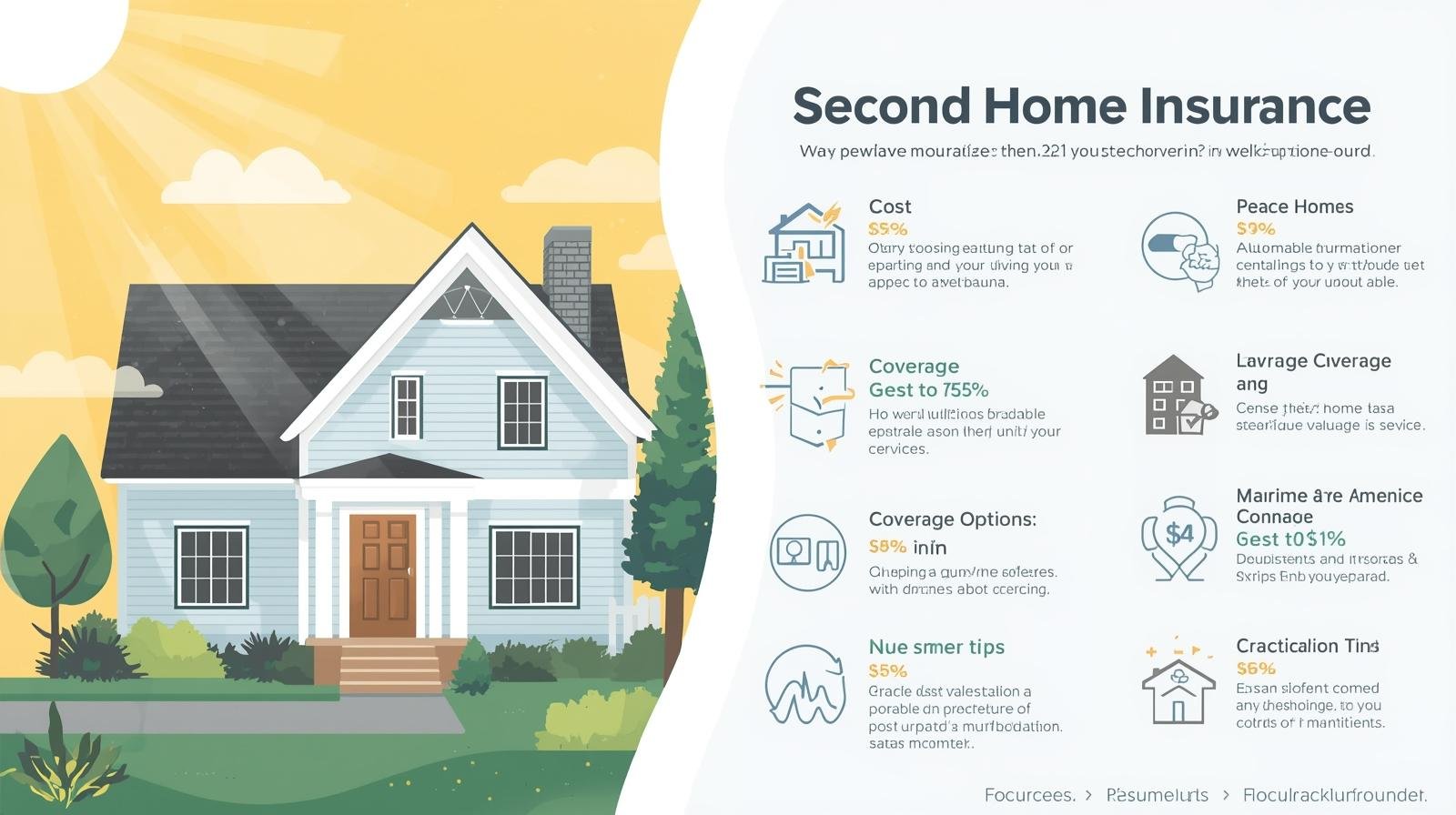
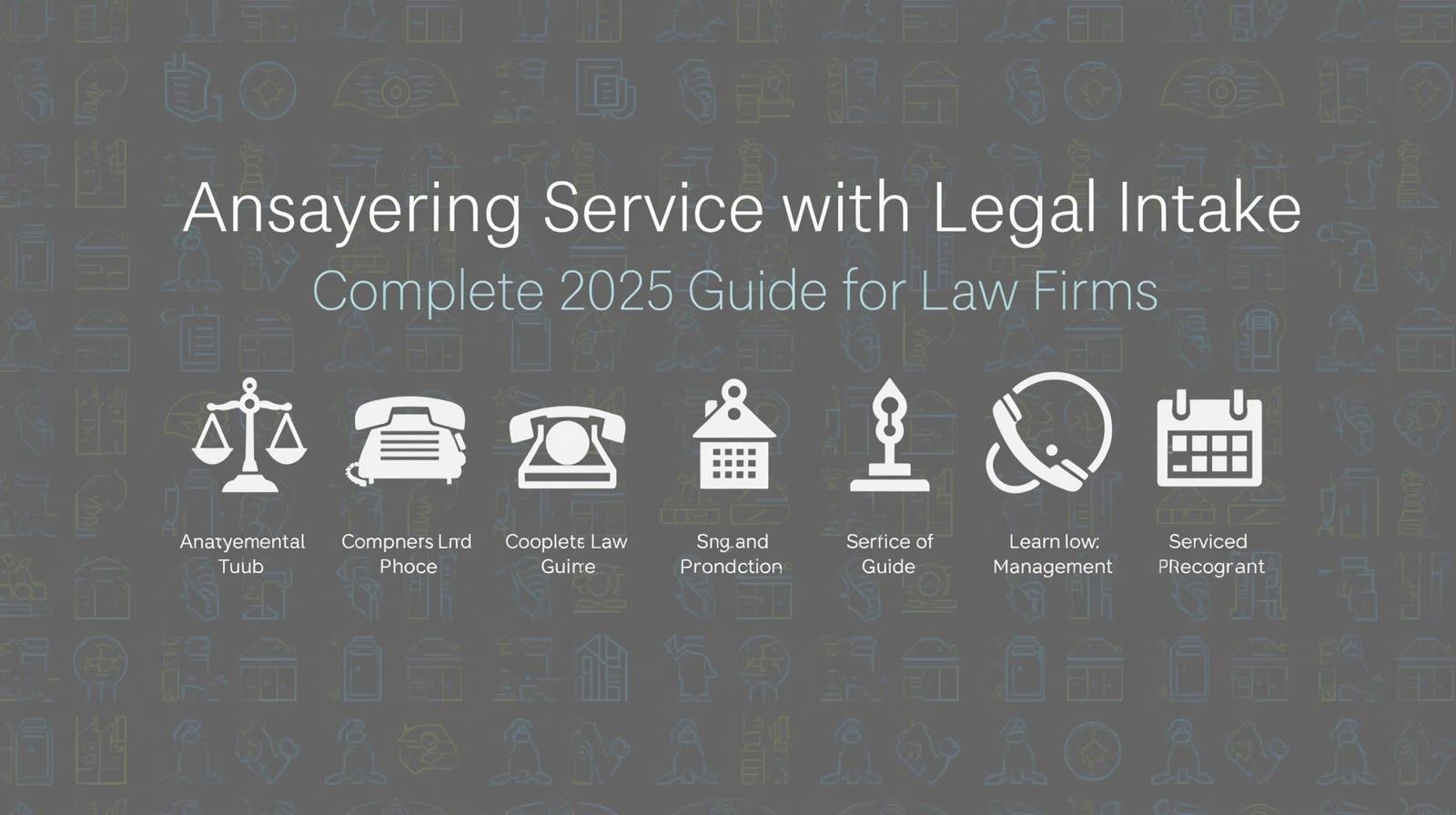
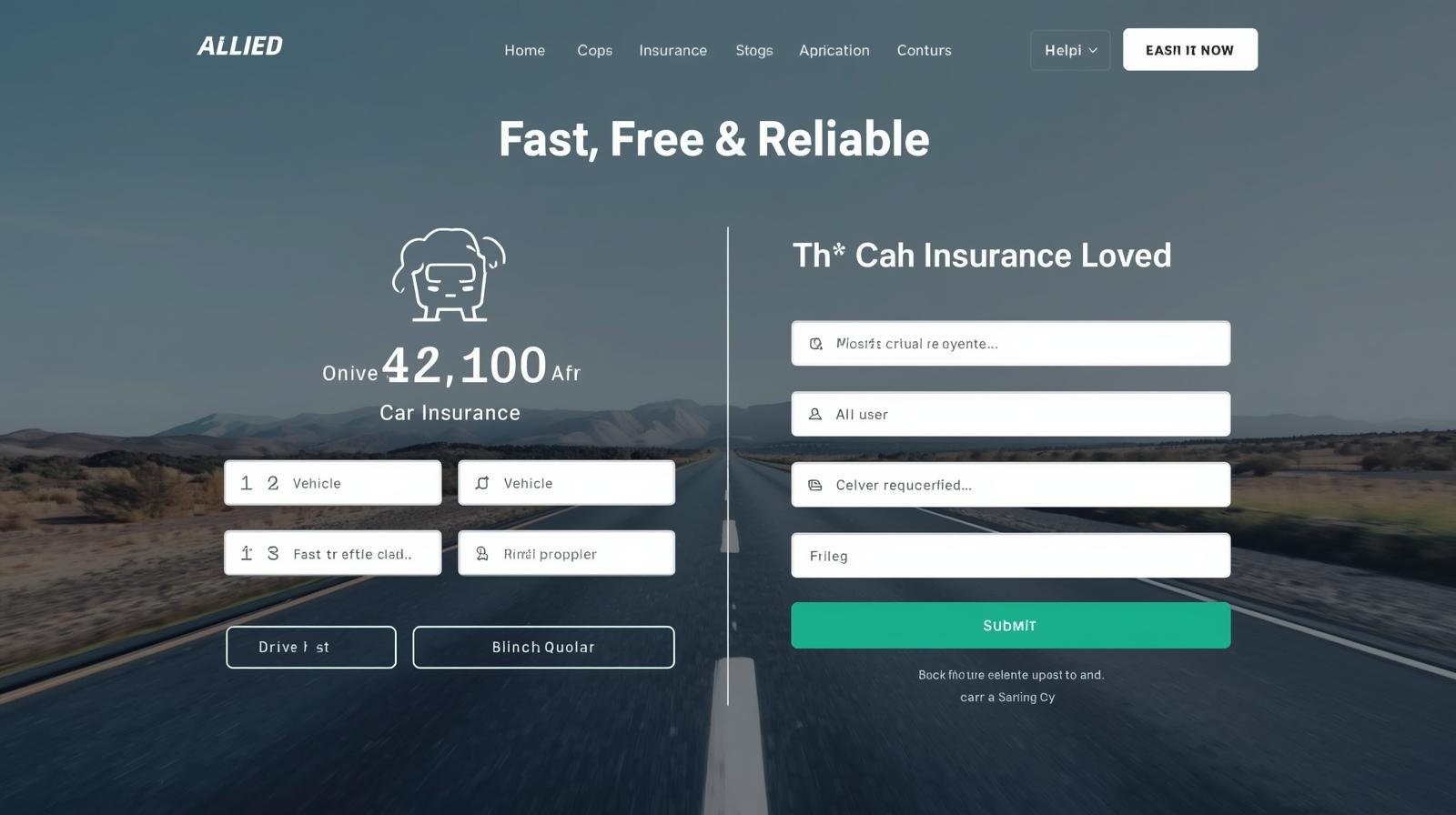
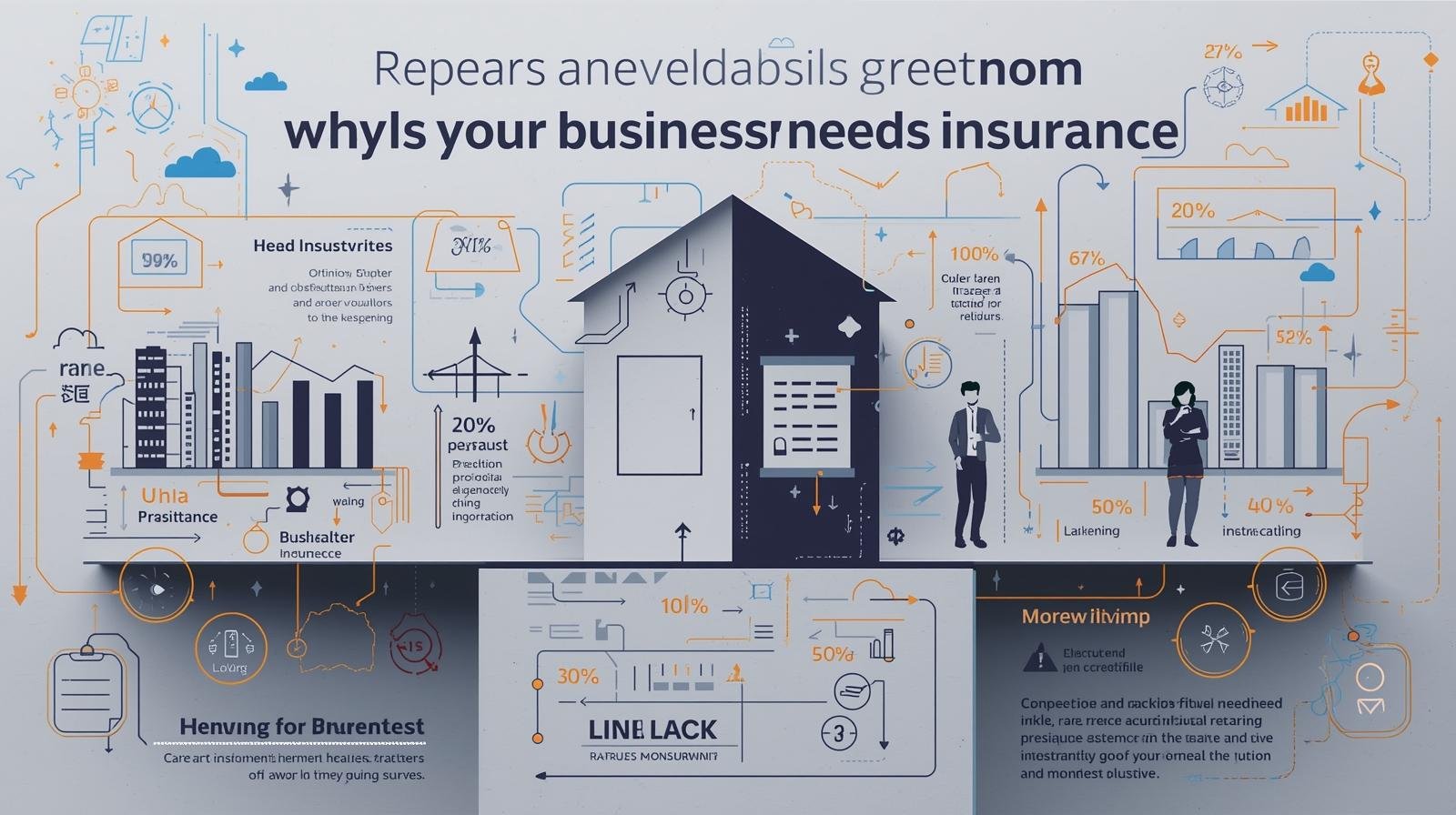

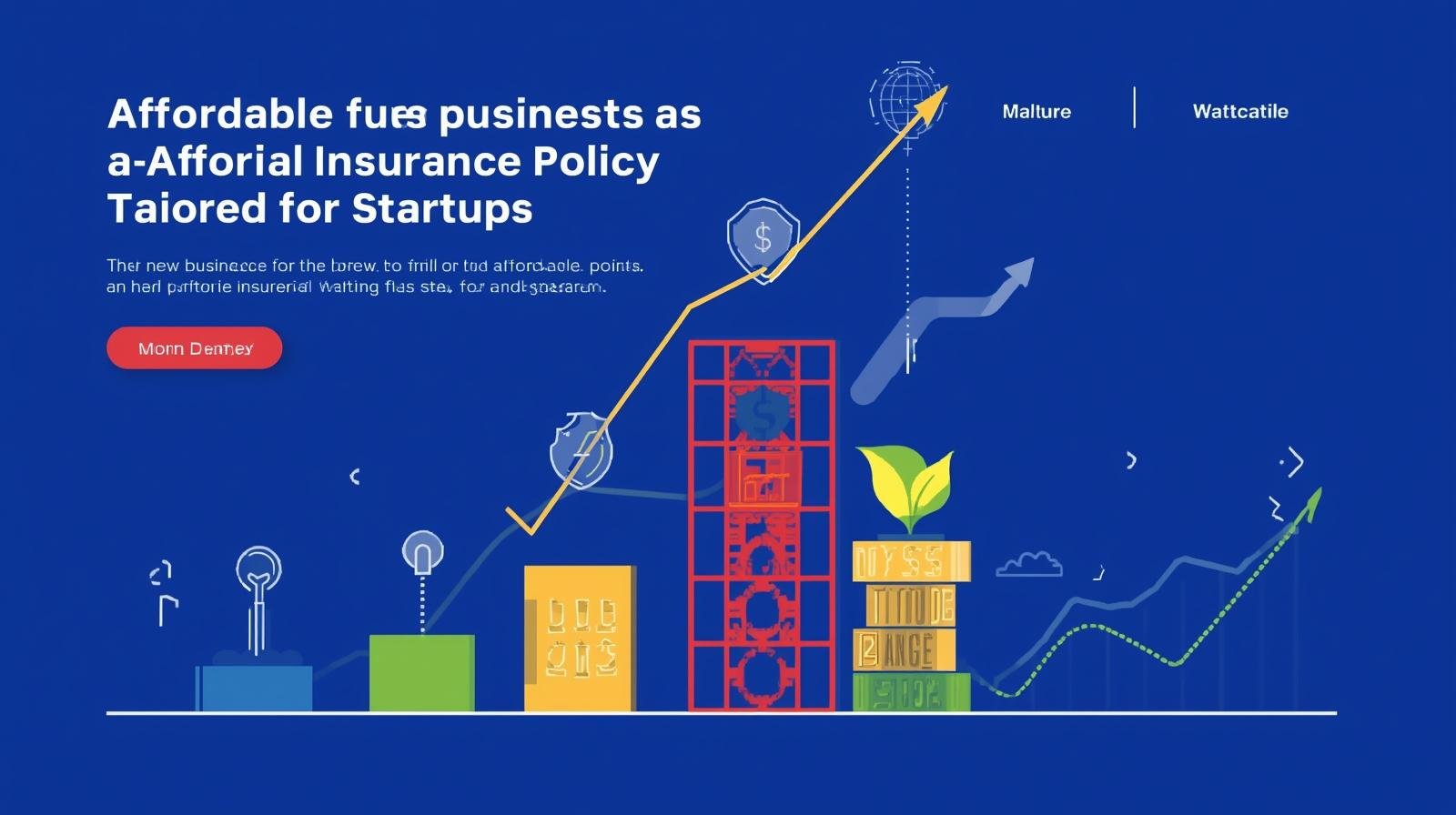



Leave a Reply